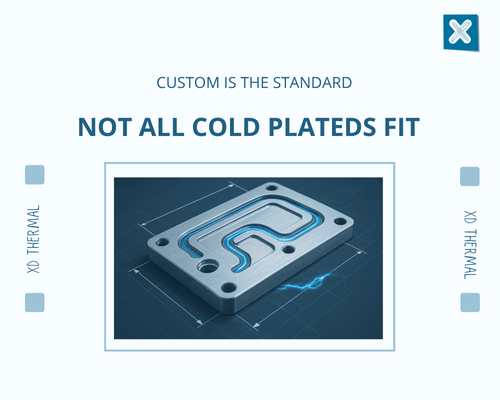Photovoltaic Thermal (PVT) Systems: The Smart Solar Upgrade
Photovoltaic Thermal (PVT) Systems: The Smart Solar Upgrade As someone passionate about sustainable energy, I find Photovoltaic-Thermal (PVT) systems fascinating because they offer a clever way to get more out of the sun’s energy. These hybrid systems combine the best of photovoltaic (PV) and solar thermal technologies to produce both electricity and heat from a single setup. In this blog, we’ll explore what PVT systems are, how they work, their components, efficiency benefits, and where they are already making a difference—from rooftops to industrial zones. Traditional solar setups often overlook the massive thermal potential of sunlight, wasting valuable heat that could be put to good use. That’s where photovoltaic thermal systems step in—bridging the gap and unlocking full-spectrum solar energy. A photovoltaic thermal (PVT) system combines photovoltaic panels with a thermal collector to produce both electricity and heat from the same surface. This dual-output system improves total energy efficiency and supports applications like hot water, space heating, and industrial processes. To fully appreciate what PVT systems offer, we’ll take a closer look at their structure, the key role of cooling plates, how control systems work behind the scenes, and why this technology is gaining traction in homes, businesses, and beyond. Whether you’re a homeowner, engineer, or sustainability enthusiast, this guide will give you a solid foundation in photovoltaic thermal innovation. Table of Contents What Is a Photovoltaic Thermal System? Imagine being able to turn every bit of sunshine into both electricity and hot water. That’s exactly what a photovoltaic thermal system does. It’s an integrated energy solution that takes full advantage of solar radiation, delivering more output per square metre than traditional PV panels alone. A photovoltaic thermal system refers to a hybrid solar technology that generates both electricity and usable heat from a single system. These systems are becoming…










